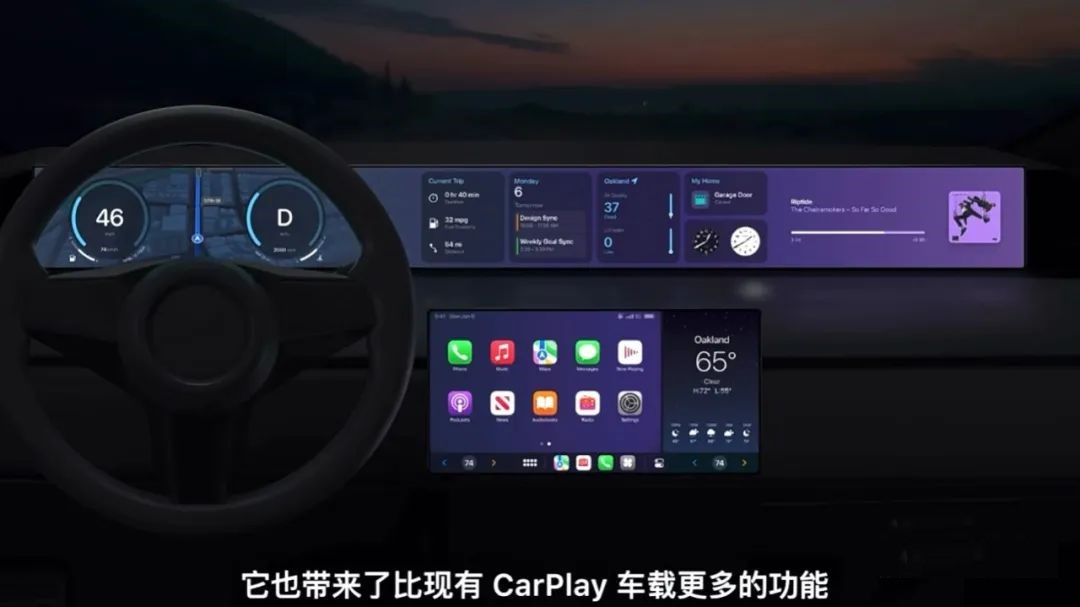Jia Haonan Deng Simao from the Copilot Temple
Intelligent Car Reference | AI4Auto WeChat Official Account
Apple reveals its hand: Why can’t your next car be an Apple car?
While there is no news about Apple’s car manufacturing plan, Apple is eager to turn all smart cars into Apple cars.
The means are straightforward: CarPlay.
At WWDC 2022, CarPlay updates its five major functions, taking over all screens in the car, and “touching” the core functions at the bottom layer of the car.
For example, CarPlay can now read vehicle status information and redefine the drawing of the instrument panel. You can also control features like car windows and air conditioning directly through CarPlay.
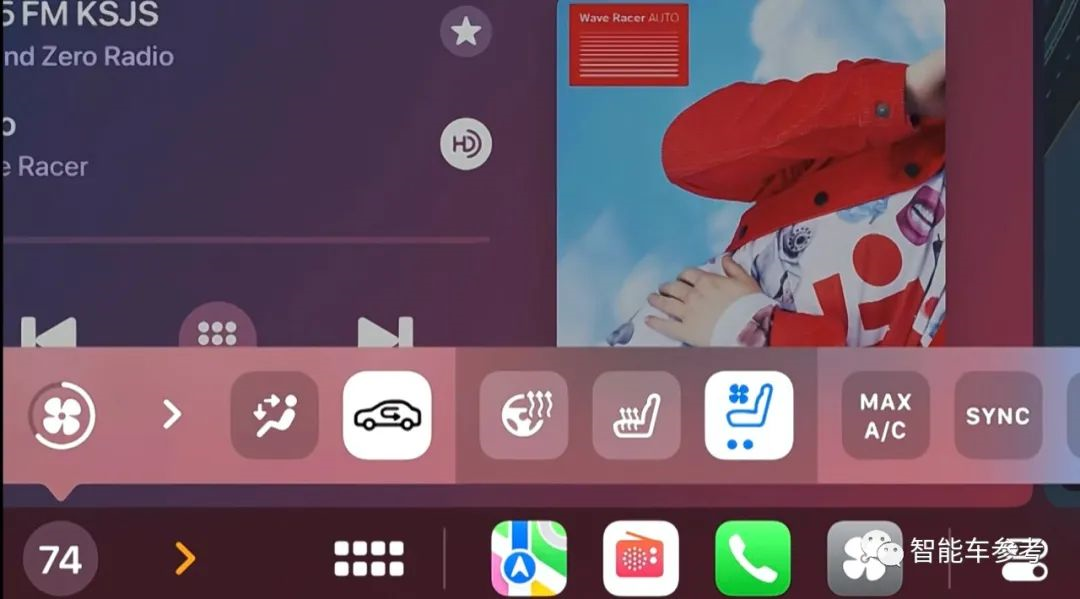
Isn’t this the head unit/cabin system?
At the launch event, only 3 minutes were dedicated to CarPlay, but the connotation it exhibited excited many Apple fans and car owners, and was enough to make car manufacturers silent and Tier 1 cry.
What’s New in CarPlay?
This CarPlay update can mainly be viewed from two aspects:
Firstly, the basic functions have been upgraded and extended.
Whether it’s the instrument panel or the infotainment display, CarPlay vehicle content can be displayed clearly on screens of any shape or size, essentially taking over all screens in the car.
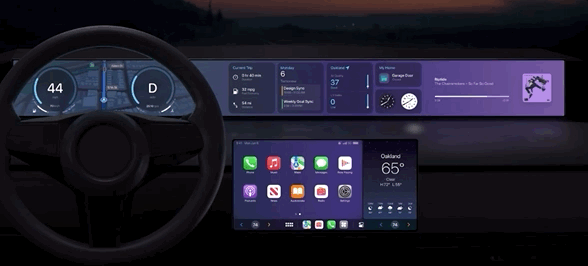
iPhone widgets can also be displayed on the instrument panel or infotainment display, such as clocks, weather, and music, etc.
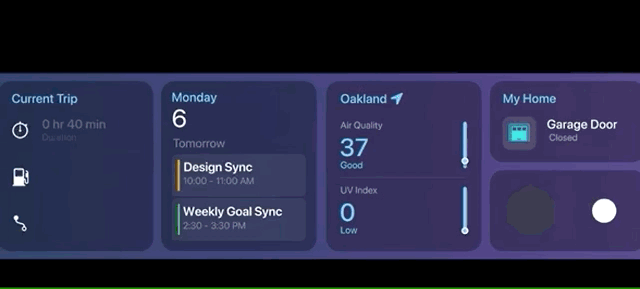
It’s worth mentioning that the instrument panel can be customised with different themes and styles, everything according to your taste.
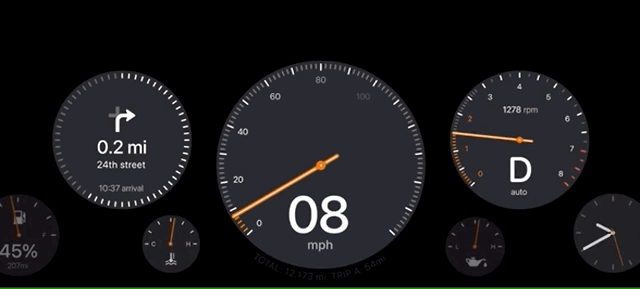
In addition, this major update is the instrument panel’s ability to display information such as vehicle speed, maximum revolutions per minute, oil level, and temperature.
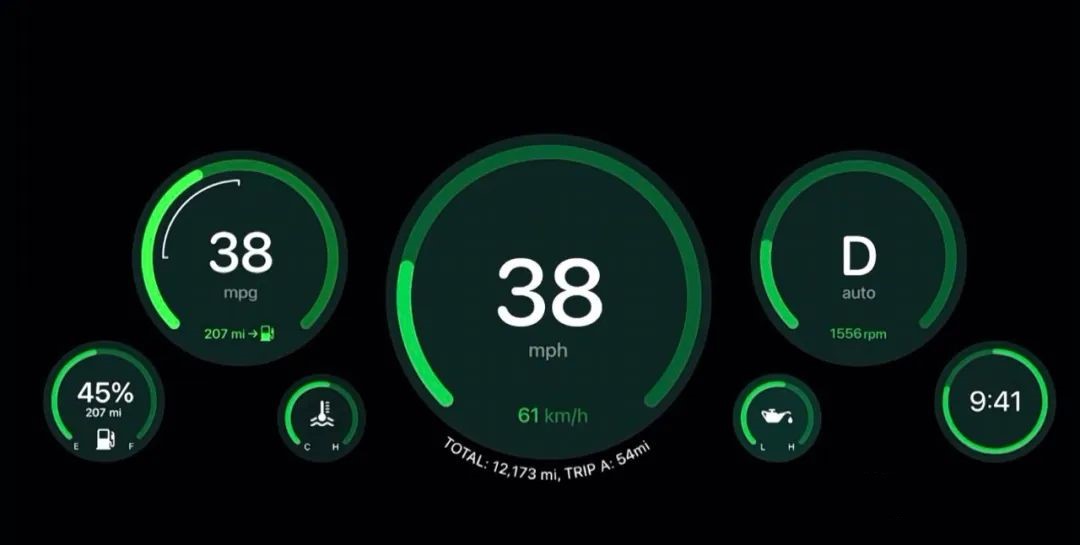
Moreover, CarPlay can directly control smart cabin features such as air conditioning, radio, and more.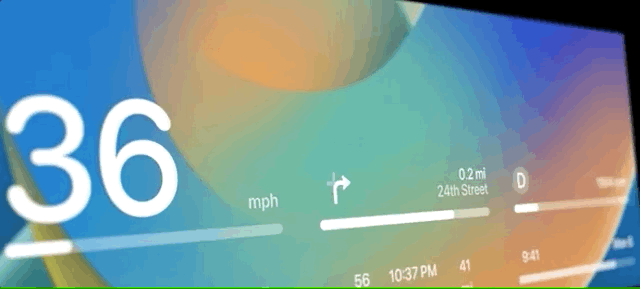
This indicates that Apple has obtained permissions to access and utilize the underlying core data in collaboration with car manufacturers.
The so-called “CarPlay” has already gone beyond the ordinary application level and has delved into the layer of vehicle function control, equivalent to creating a smart car system.
Before this, CarPlay only played the role of an “iPhone extension screen”, it was relatively rigid and inflexible, only friendly to Apple phone users, supporting functions such as calling, messaging, music, podcasts, maps, etc., and only granting permissions to a few apps.
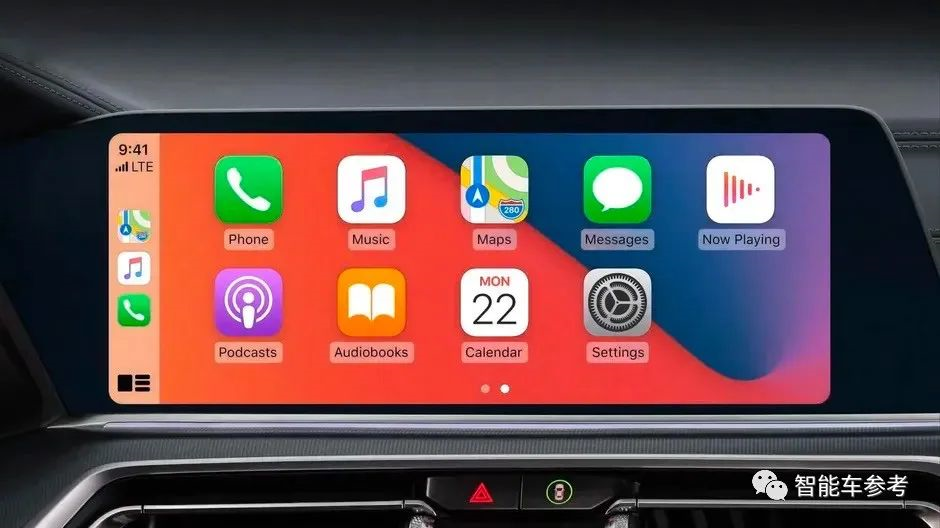
For security reasons, the previous CarPlay did not show the specific content of messages, only through Siri for rigid voice playback.
But in this update, with deep integration with the car hardware, all car functions can be controlled, and all necessary information during driving can be displayed on the screen.
Is this still the original CarPlay?
Regarding this update, the following car manufacturers are supported:
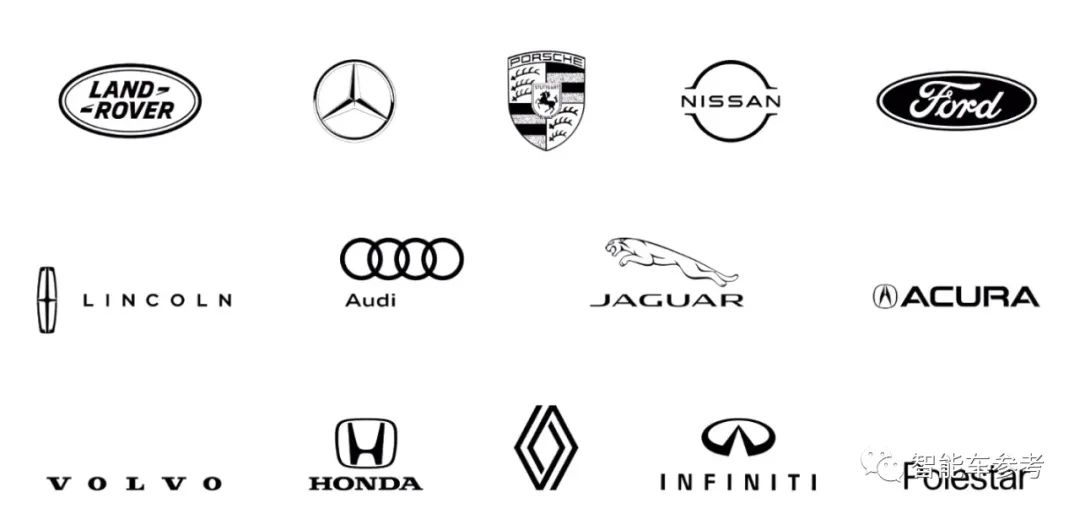
The host also specified the specific boarding time, later in 2023.
What do you think of the new CarPlay?
This time CarPlay flexed its muscles, and netizens exploded.
First of all, a large number of BMW, Toyota, Lexus, and Tesla owners complained, “Why doesn’t my car support CarPlay?”

Secondly, netizens naturally thought of Huawei’s smart car system – Hongmeng cabin, and compared the two.
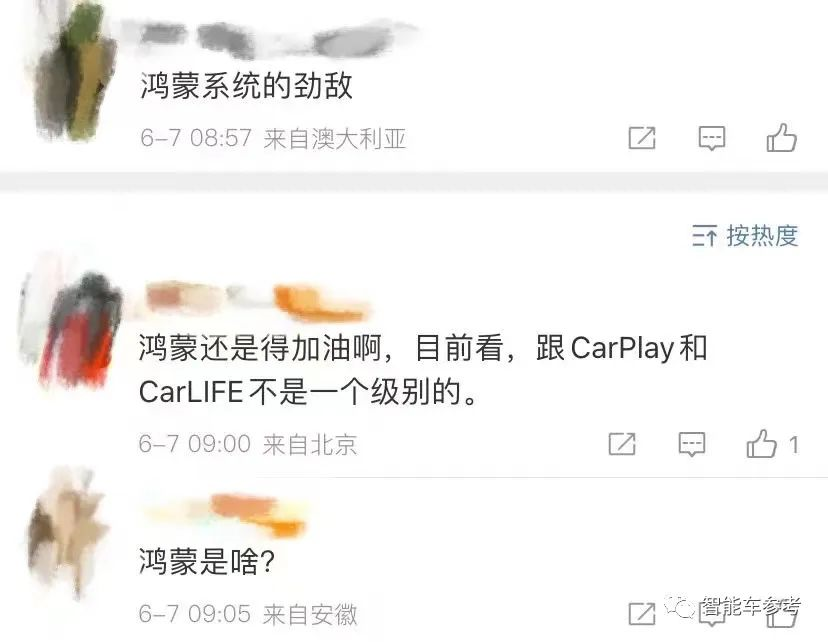
Some netizens said, “It’s much worse than Huawei”, “Huawei’s car system is still the ceiling”, “This CarPlay is like installing a prosthetic limb on a vehicle that has undergone amputation, even if it’s convenient, it can’t compare to the original native car system.”
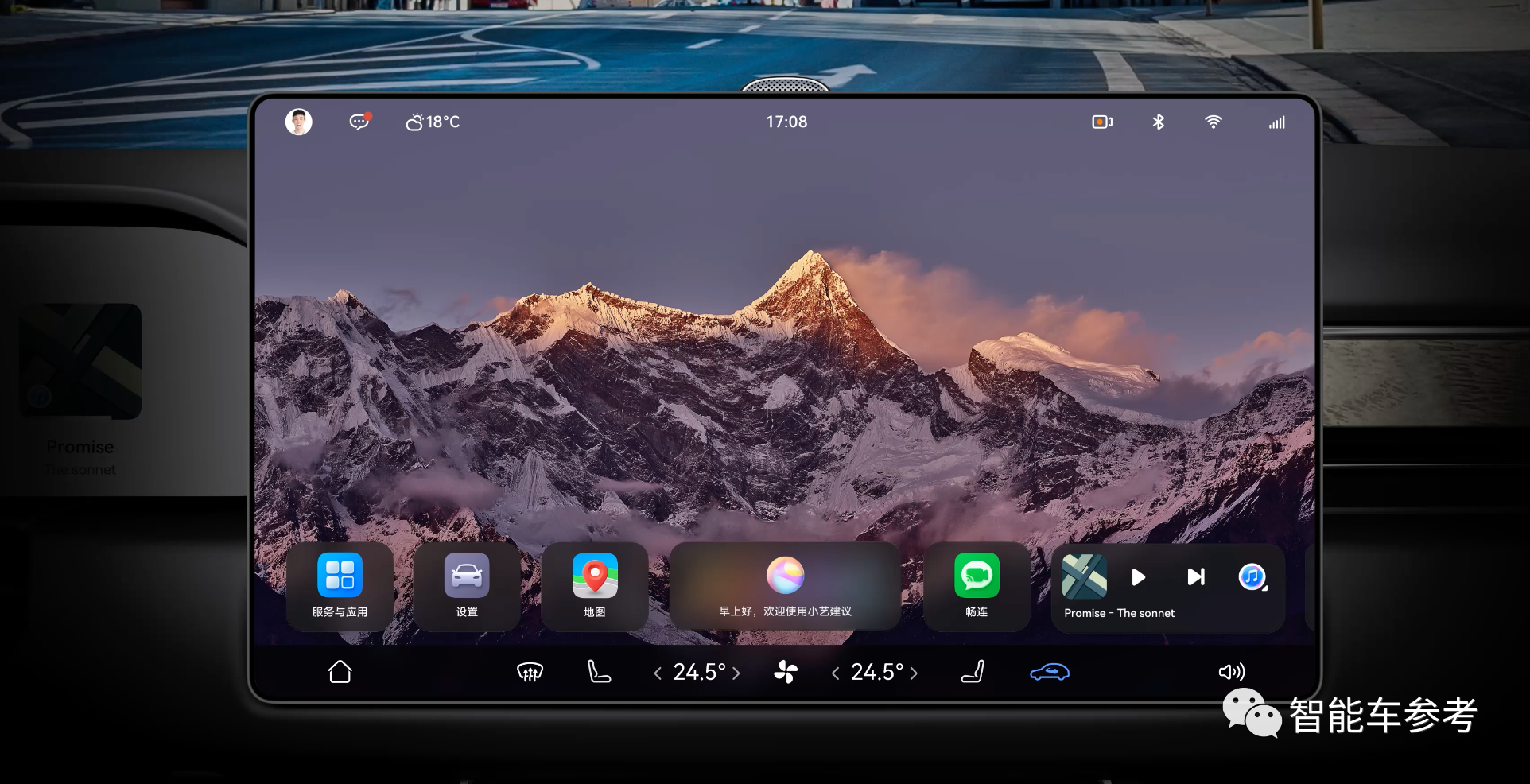 Some netizens express their optimism for Apple, saying that “Hongmeng still needs to work harder. At present, it is not on the same level as CarPlay.”
Some netizens express their optimism for Apple, saying that “Hongmeng still needs to work harder. At present, it is not on the same level as CarPlay.”
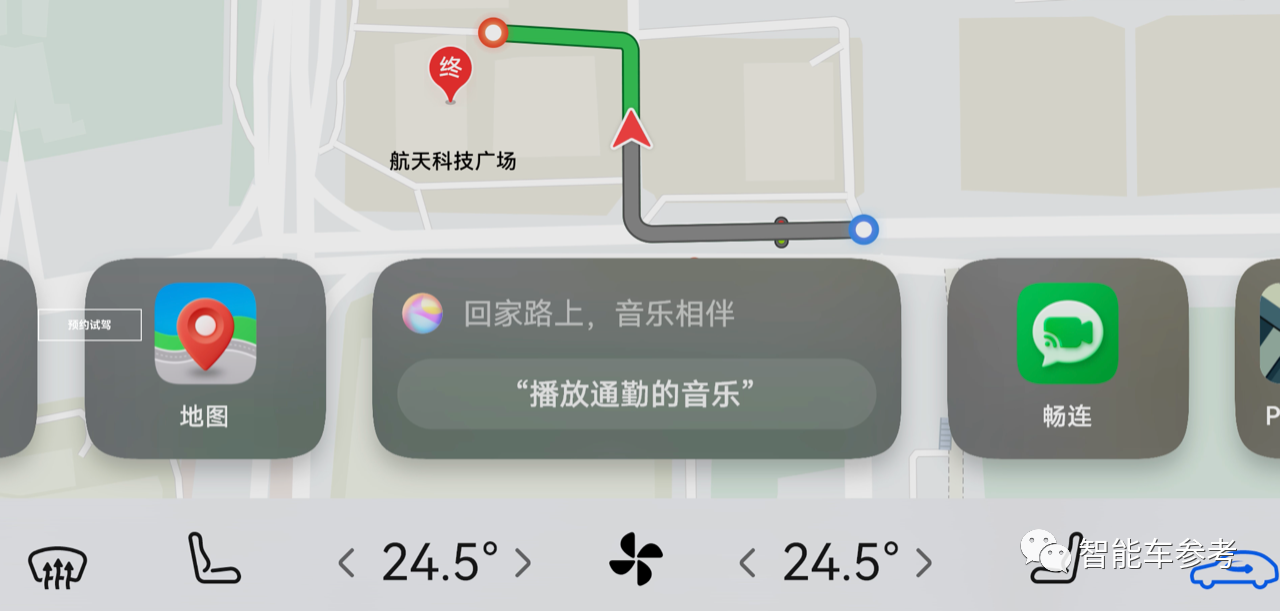
Some netizens even bluntly say that this update from Apple will not receive much support from car manufacturers.

Finally, at a deeper level, netizens directly think of the Apple car project’s “difficult birth,” expressing: “Will it be the layout of the Apple car’s system?” “The car project is difficult to produce, so let’s work on the system first.” “Apple has taken big strides into the automotive industry.”
Looking at all of this, the significance of CarPlay to Apple is crystal clear.
Apple’s “ambition” is obvious: beginning with CarPlay, Apple is no longer just a software provider, but boldly defining intelligent vehicles.
No matter what brand of car the user purchases, as long as it supports CarPlay, all functions presented to the user in the intelligent cockpit are Apple’s.
AKA, Apple can easily turn almost any intelligent vehicle on the road into an Apple car with just an iPhone, and perhaps even an Apple Watch.
Therefore, those 3 minutes at Apple’s press conference are enough to silence car manufacturers and make Tier 1 companies weep.
For automakers, the expansion of CarPlay’s functions brings both joy and worry.
ICT technology is not the strong suit of automakers, and it is too much trouble to develop infotainment systems and UI that result in users’ criticism.
Now that there is a ready-made solution, which can save a large amount of R&D costs and human resources, why not take advantage of it?
Moreover, Apple itself has already accumulated an incomparable fan base and a thriving mature application ecology, which makes getting on board with CarPlay a “must-have.”
Data revealed by Apple shows that currently, 98% of cars sold in North America support CarPlay, and 76% of car buyers say they will only consider models that come with CarPlay.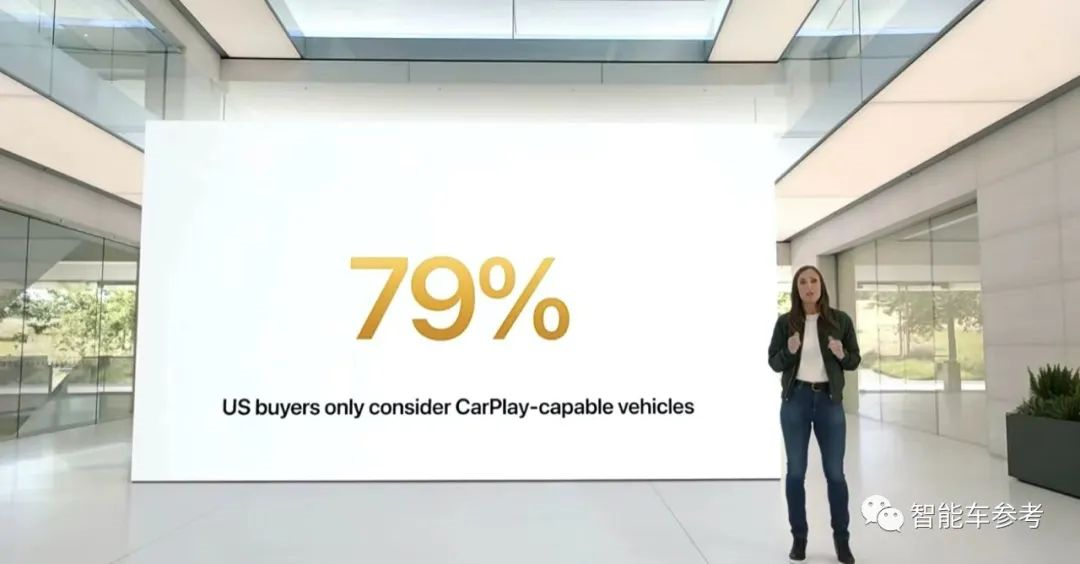
Therefore, car manufacturers cannot ignore Apple, and even use CarPlay as a selling point of new cars to attract more customers. However, the manufacturers may lose more than just the smart cockpit, because for Apple, CarPlay is not just a simple vehicle system, but hides countless possibilities. On the software level, CarPlay takes over the vehicle system and cockpit. As the user base expands and habits are cultivated, Apple can naturally negotiate with car manufacturers to switch to Apple-designed chips.
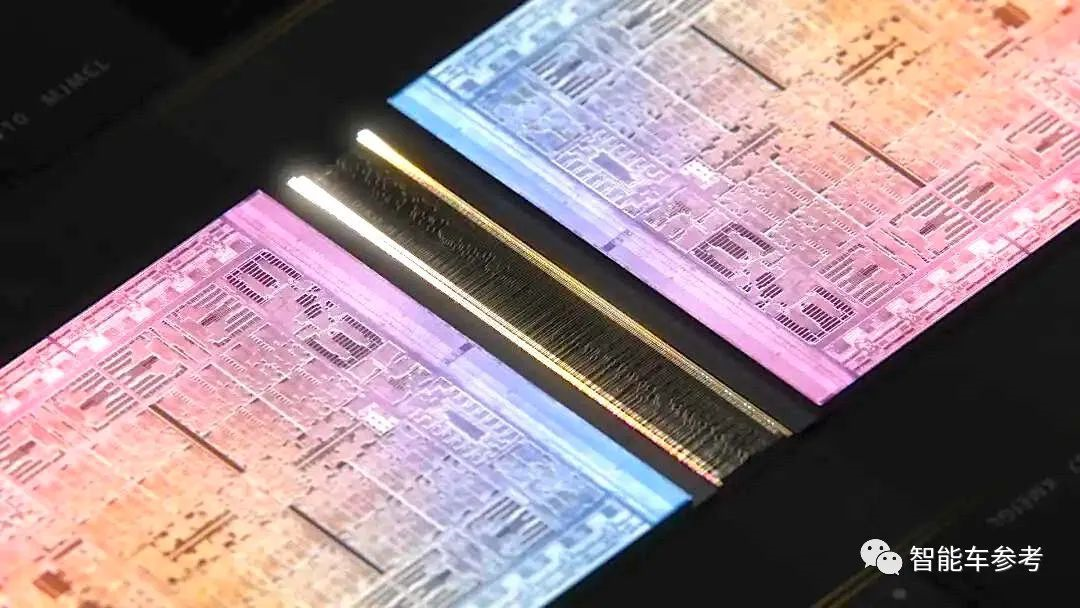
Without saying anything else, the phrase “better support for the CarPlay experience” is enough to shake Qualcomm’s dominance in the cockpit chip market. Moreover, the software ecological system can break through the hardware barriers, and Apple is familiar with this strategy. Haven’t you seen Intel weep silently in the corner?
With chips, Apple’s stage is even bigger. It can develop chips specifically for smart cockpits, but it is more likely to aim at a universal car-mounted intelligent chip for integrated architecture to support both smart cabin and intelligent driving.
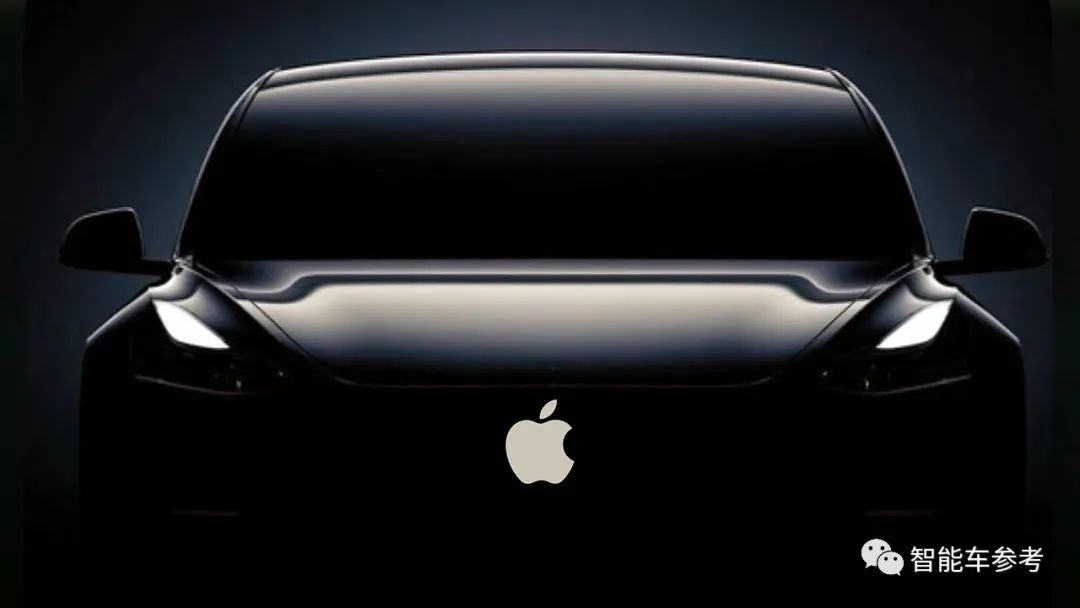
Apple’s self-developed self-driving system has also found a way in.
By this point, the core dominance of smart cars has been completely mastered by Apple, even though it does not manufacture cars, it is much more powerful than car manufacturing. Especially after the ups and downs of the Apple Car project, this route seems to be more cost-effective…
Does this model sound familiar?
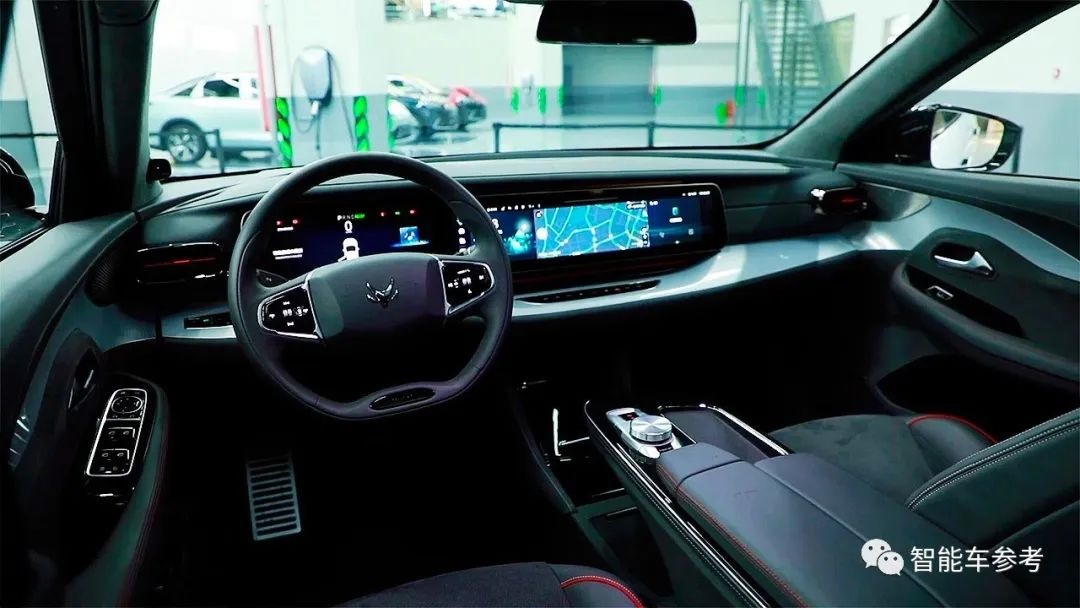
Yes, from single-function to smart vehicle, Huawei is already doing it.
**Tech giants are competing with car manufacturers for the definition of smart cars, and this trend is becoming increasingly obvious.
However, manufacturers with strength and pursuit will not easily give up the dominant position of smart cars.
A curious fact is that BMW, a loyal supporter of CarPlay, did not appear in Apple’s list of CarPlay partners this time.
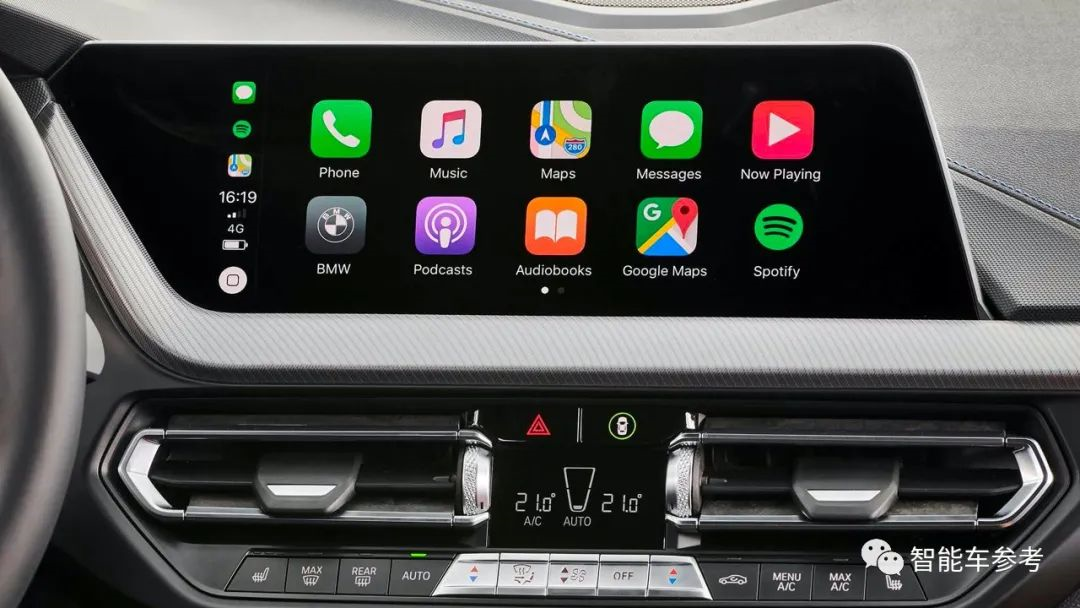
This also shows that in the future, Apple will still face difficult and complex games with car manufacturers.
Therefore, making its own car is the easiest way. It’s just that Apple’s speed is somewhat frustrating.## Survey
Would you consider CarPlay when buying a car?
- Yes.
- No.
— End —
This article is a translation by ChatGPT of a Chinese report from 42HOW. If you have any questions about it, please email bd@42how.com.
